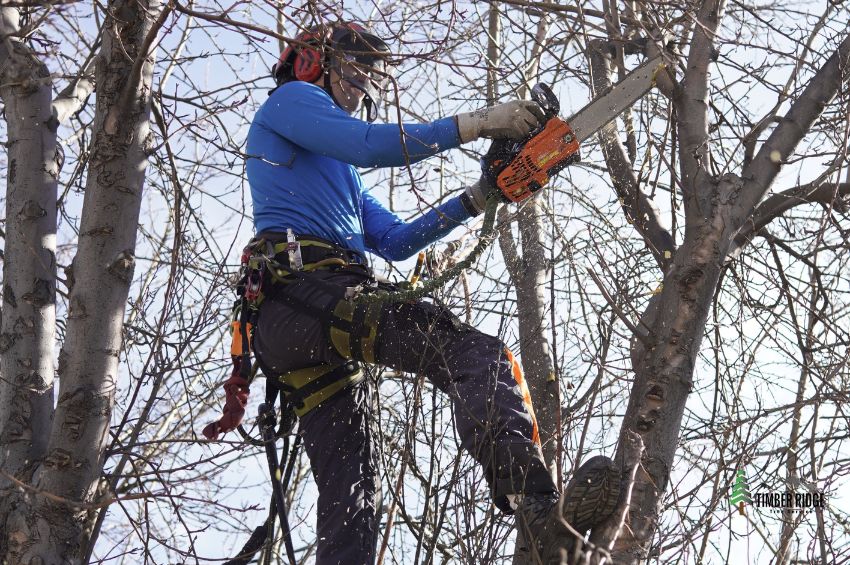
As the days become longer and the frost melts, the transition from winter to spring is a vital time for tree care. Properly caring for trees when they emerge from hibernation not only promotes their development and vitality, but it can also result in a beautiful display of foliage and blossoms in the months ahead. This is the time of year when proper measures can help a tree reach its full potential. This blog post contains pro suggestions on the most important aspects of transition season tree care, including as health evaluation, trimming, fertilizing, and continual monitoring.
Assessing the health of your trees is the first, and maybe most important, step. Look for any symptoms of disease or pest infestation that may have occurred during the dormant phase. The tree's general structure, especially the integrity of its limbs, can reveal how well it survived the winter. Moisture levels in the soil should also be examined to ensure the tree isn't drowning or thirsting for water.
Tree pruning and tree trimming has several benefits: it removes dead or weakened limbs to minimize risks, promotes healthy development patterns, and can considerably improve a tree's structural attractiveness. However, restraint is crucial. Over-pruning can be detrimental to a tree's health and development potential, therefore it's critical to understand the unique requirements of your tree species before making substantial cuts.
When it comes to fertilization and mulching, the goal is to produce the best circumstances for root and tree health. A well-balanced mix of necessary nutrients helps revitalize trees, while organic mulch can help keep soil moisture and temperature stable, resulting in a robust root system. Excess fertilizer, on the other hand, may cause unwanted growth or even harm the tree, demanding a cautious approach.
Monitoring Growth and Development
As new shoots and leaves sprout, actively monitor the tree's growth and overall condition, adjusting the maintenance regimen as needed. With variables such as weather, insect pressures, and the tree's natural response to care, taking a flexible strategy is beneficial. Sometimes it is best to hire a professional tree specialist, whose knowledge can provide helpful advice customized specifically to your trees and landscaping. By following these essential principles during the transition season, you can establish a strong foundation for vibrant and beautiful trees that enhance the natural appeal of your property. Consistent maintenance guarantees more than just one season of abundant growth, but a lasting state of well-being for the future.